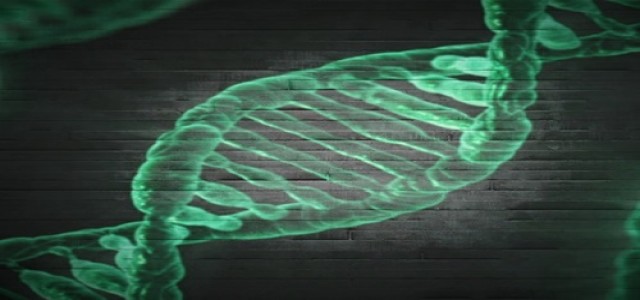
Sarepta Therapeutics has recently confirmed that it is planning to acquire Myonexus Therapeutics in a $165 million deal, by exercising a purchase option that was part of a gene therapy partnership commenced by the firms in the previous year.
The transaction is aimed at broadening the pipeline of Sarepta with the five Myonexus candidates. Supposedly, these five candidates all use the same gene therapy platform that was licensed from Nationwide Children’s Hospital, designed for delivering treatment to skeletal and cardiac muscle robustly and systematically, without crossing the blood-brain barrier promiscuously.
According to Sarepta, all the five gene therapy candidates have been developed for offering the first-ever corrective therapy for five distinctive Limb-girdle muscular dystrophy (LGMD) forms, which are LGMD2B, LGMD2C, LGMD2D, LGMD2E, and LGMD2L.
The firm informed that three of the five programs are presently in clinical stages. MYO-101 from Myonexus, designed for LGMD2E, is the furthest in development and is aimed at restoring the dystrophin-related protein complex by transferring a gene which codes for and restores beta-sarcoglycan protein.
Myonexus, in November 2018, had unveiled the launch of a first-in-human, Phase I/IIa trial for MYO-101. It was a placebo-controlled study designed for evaluating a single infusion of MYO-101 intravenously among children aged between 4 and 15 years and having LGMD2E, with considerable symptoms of the disease.
Apparently, the study was designed to assess up to two levels of dosage of the gene therapy candidate in two cohorts among nine patients, with their baseline measurements established on the basis of a recruitment study.
Doug Ingram, president and CEO of Sarepta, said acquiring Myonexus will enable the company to rapidly move and find solutions for LGMD patients, while continuing to develop and validate its gene therapy engine. The five gene therapies for LGMD under development are an ideal fit for the mission of Sarepta, to develop therapies having the potential to rescue patient lives from serious and life-limiting rare genetic disorders, Ingram added.
© 2025 IntelligenceJournal.com. All Rights Reserved.